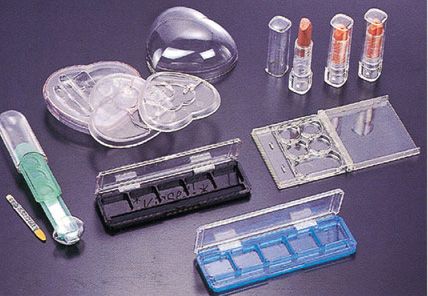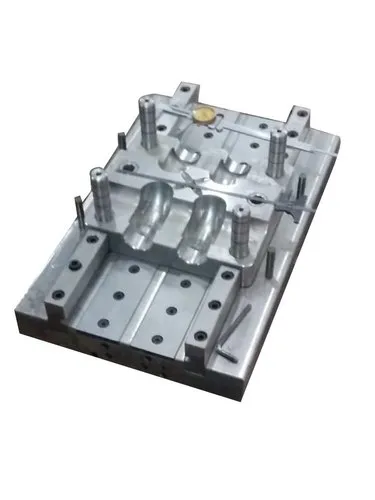Injection moulding is a highly efficient and widely used manufacturing process in the cosmetic industry for creating precision plastic components. It involves injecting molten plastic material into a mold cavity where it cools and solidifies into the desired shape. This method is particularly valuable in the production of cosmetic packaging due to its scalability, design flexibility, and ability to maintain high aesthetic and functional standards.
Why Injection Moulding for Cosmetic Packaging?
Precision and Consistency
Allows for high-precision manufacturing of components such as caps, jars, bottles, and dispensers.
Ensures uniformity across mass-produced items, maintaining brand consistency.
Design Flexibility
Accommodates intricate and innovative designs, which are critical in the beauty industry where packaging must be both functional and visually appealing.
Enables customization with surface textures, colors, and finishes.
Material Variety
Supports a wide range of thermoplastics like PP, PE, PET, and ABS, each offering unique benefits such as chemical resistance, clarity, or durability.
Bioplastics and recycled plastics are increasingly being used to meet sustainability goals.
Cost-Effective for High Volumes
High upfront tooling costs are offset by the low per-unit cost in large production runs.
Rapid cycle times help meet market demands efficiently.
Commonly Injection Moulded Cosmetic Components
Caps and Closures: Flip-top caps, screw caps, snap-on lids.
Compact Cases: For powders, blushes, and eyeshadows with integrated mirrors.
Jars and Pots: Used for creams, gels, and balms.
Applicators: Mascara wands, lip gloss applicators.
Dispensers and Pumps: Precise control for lotions and sprays.
Key Process Steps
Design & Tooling
CAD modeling of the packaging component.
Precision mold creation from steel or aluminum.
Material Selection
Chosen based on the product’s chemical composition and required durability.
Injection Moulding
Melting and injecting plastic into the mold under high pressure.
Cooling & Ejection
The part is cooled and then ejected from the mold.
Post-Processing
Includes decoration (screen printing, hot stamping), assembly, and quality inspection.
Aesthetic Enhancements
Color Matching using masterbatches or pre-colored resins.
Surface Finishing such as gloss, matte, metallic, or soft-touch.
Branding Techniques like embossing, debossing, or in-mold labeling (IML).
Sustainability Trends
Use of Recyclable and PCR (Post-Consumer Recycled) Materials
Biodegradable Plastics for more eco-friendly packaging.
Lightweighting to reduce material use and carbon footprint.
Closed-loop Systems for in-house recycling of waste plastics.
Challenges in Cosmetic Packaging Injection Moulding
High precision demands for complex designs.
Material compatibility with various cosmetic formulations.
Maintaining surface aesthetics (e.g., avoiding flow marks or sink marks).
Long lead times for mold development.
Conclusion
Injection moulding remains a cornerstone of cosmetic packaging production. It balances creativity with functionality, allowing cosmetic brands to deliver products that appeal visually and perform reliably. As the industry moves toward sustainability, innovations in materials and process efficiencies continue to drive the evolution of injection moulded cosmetic packaging.


